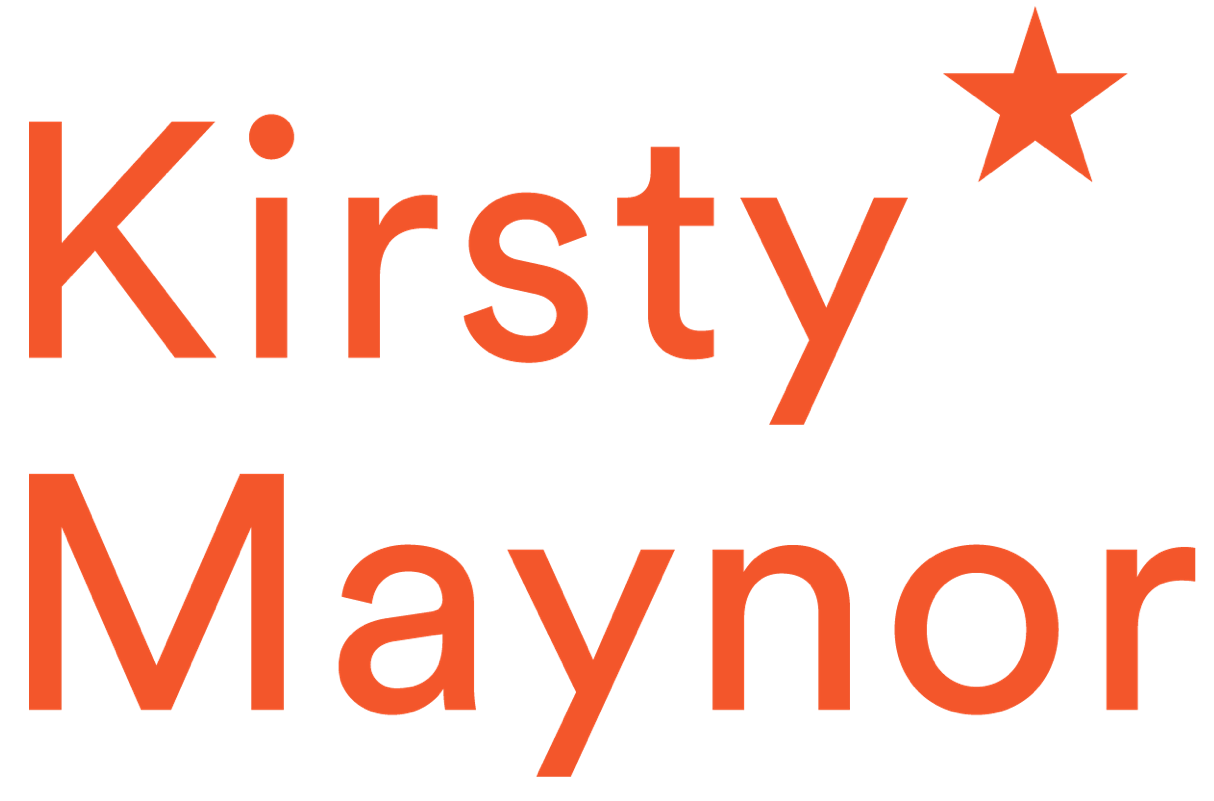The emotions of handling change
In a recent Instagram Live, I spoke to fellow coach, entrepreneur, best-selling author of “Deciding to Coach”, co-host of number one podcast “The Coaching Crowd” and friend, Zoe Hawkins, about the emotions of handling change. I’ve summarised some of the main points in this blog, but if you’d prefer to hear us in full swing, then you can watch the full, unedited version here.
The emotions of handling change
Many of us were raised by the post-war “keep calm and carry on” generation, which means that although we’ve been brought up to be resilient, we’re not always as connected with our feelings - and needs - as we could be.
Developing emotional awareness and understanding how we feel - without labelling it as “good” or “bad” - is an important tool in life. As human beings, it’s crucial to take time to observe our emotions and to simply allow whatever comes up to come up, free from judgement and expectations, and to notice the psychological and physical sensations surrounding those emotions without needing to label or categorise them.
Understanding how our feelings relate to our needs
Sometimes the emotions we experience can appear to contradict each other, but that’s because we’re inherently complex, multi-faceted creatures and that’s okay. It’s possible - normal even - to feel both devastated and optimistic; grief and anguish; happy and nervous, all at the same time. Emotions don’t have to be singular, in fact they almost never are.
If we don’t pay attention to how we’re feeling, sooner or later our feelings and needs will make themselves known. When you understand how you feel, you can ask for what you need, which makes it easier to align your behaviour with your core values.
Understanding our emotions in the context of change
During periods of change - whether it’s change we’ve chosen or change that life has thrown at us - we experience a wide range of emotions, and at times, there can be a disconnect between what we think we should be feeling and what we actually feel. One of the reasons for this is that, like emotions, change is rarely singular. It exists in the context of the rest of our lives, where other changes are almost always happening at the same time.
And because it can be difficult to identify what a specific emotion relates to, it’s usually more valuable to dig a little deeper into how we feel, so that we can try to identify what that emotion is trying to signal: which of our unmet needs is being signposted?
Dealing with complex emotions - and identifying our needs around them - is a skill that most of us have never been taught, but those strategies are valuable in all walks of life. Whether as parents, colleagues or friends, we can help and support our children, co-workers and loved ones to recognise, identify and understand their own emotions and how they relate to their needs, particularly during times of change, and help to normalise the complex feelings and needs which we all experience.
How fear keeps us inside our comfort zone
The psychological fear associated with risk and living outside your comfort zone doesn’t have to stop you from pursuing your goals or moving forward in life. Yes, fear is a natural part of life, but it doesn’t always indicate something bad. It can also be an indicator of good things ahead.
Like shame, fear drives disconnection and tells us we’re not good enough. So when we stop using courage to push beyond the limits of our comfort zone, it’s usually fear of failure that’s driving us. Unfortunately, the inevitable result is that we don’t step into our full potential; it’s only when we tap into our courage and push beyond those invisible boundaries that we can connect with that inner knowing that we’re capable of more.
It’s also important to remember that fear is self-generated: it’s based on stories that we tell ourselves, not reality. Once we’re able to recognise that we create this emotion ourselves, we can choose to explore our choices through the lens of equally accessible alternative emotions, like luck, optimism and opportunity, which are the natural antidotes to fear.
Dealing with difficult emotions
It can be useful to carry out an inventory of our emotions, and pay attention to what shifts over time. Some of the bigger ones - like grief and overwhelm - might feel like they never will, but by paying attention to our emotions over time, we can observe how they change and become more manageable.
In my new book, Untangled, I outline some useful tools and strategies for building emotional awareness, like journalling. Journalling can be a helpful way to understand and manage our emotions, and Untangled comes with a companion journal, full of useful prompts and tips on how to handle some of the more complex feelings surrounding change, as well as fun resources like colouring in pages and mindfulness exercises.
To access these free resources or to order your copy of the book and journal, visit the Untangled website.
